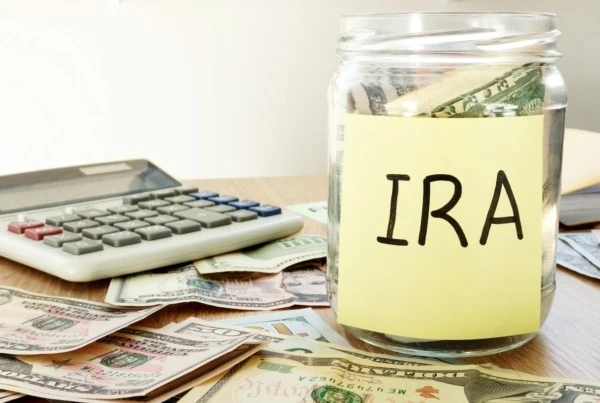Not everyone retires in their 50s or 60s. Millions of Americans in their 70s or older are still working. Some remain in the workforce for financial reasons, while others just want to stay active and connected to their coworkers.
If you’re working in your 70s, you might be wondering if you still have to take required minimum distributions (RMDs). These are basically forced withdrawals from your retirement savings accounts. But if you’re still employed, you might not need (or even want) to tap into your retirement savings quite yet.
So, are RMDs required if you’re still working? Maybe. As I’ll explain, it depends on the type of retirement account and whether you own part of the business.
RMD Basics
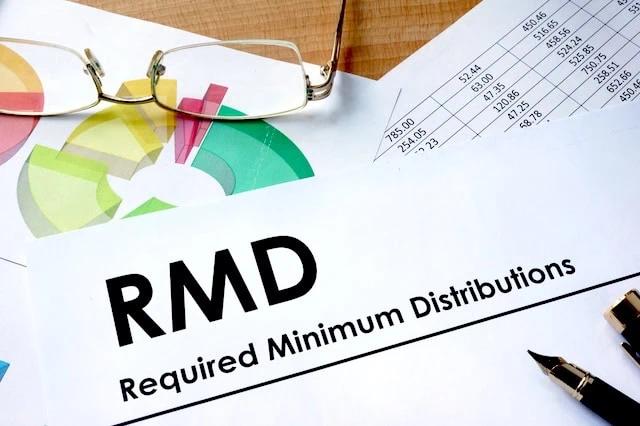
Before getting into required minimum distributions for specific types of retirement accounts, let’s go over a few RMD basics.
When you turn 73, you have to start taking RMDs from certain retirement savings accounts. Why? Because money in those accounts isn’t taxed until it’s withdrawn, and Uncle Sam finally wants his cut.
Young and the Invested Tip: If you were born in 1960 or later, you won’t have to start taking RMDs until you turn 75.
You normally must withdraw the required amount by the end of the year. However, you can wait until April 1 of the following year for your very first RMD (e.g., if you turn 73 in 2025, you must take your first RMD by April 1, 2026).
The amount you have to withdraw is generally based on the account balance at the end of the previous year and your current age. Your bank, broker, or account administrator might calculate the RMD for you. If they don’t, you can use the tables and worksheets in IRS Publication 590-B to calculate your minimum distribution (use the publication for 2024 returns to determine 2025 RMDs).
It’s also important to remember that the IRS can levy a 25% penalty if you fail to withdraw the minimum amount. However, the penalty can be reduced to 10% if you withdraw the full RMD amount within a certain period of time.
Traditional IRAs
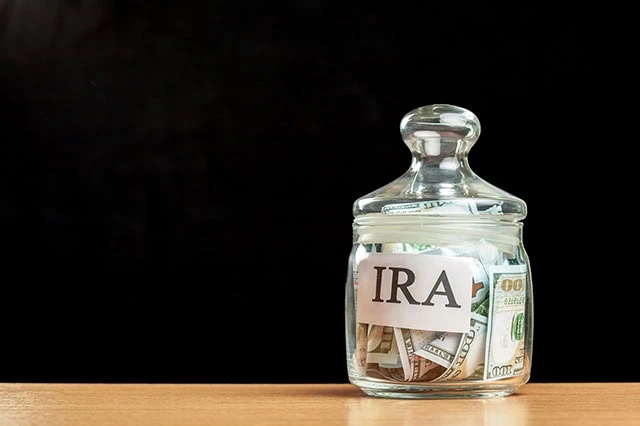
Now let’s take a look at four of the most common types of retirement accounts to see whether you’re required to take RMDs from them if you’re still working—starting with traditional IRAs.
Contributions to a traditional IRA are generally deductible on your federal income tax return. Assuming you can claim the full deduction, the money you put in a traditional IRA isn’t taxed that year.
However, the deduction is limited and can even be denied. For instance, you can’t deduct more than the annual contribution limit for IRAs. The limit for the 2025 tax year is $7,000 for people under age 50, and $8,000 for people 50 and older (the additional amount allowed if you’re at least 50 years old is called a “catch-up” contribution).
The deduction can also be reduced—potentially to $0—if you or your spouse can participate in a 401(k) or other employer-sponsored retirement plan. Whether the deduction is actually phased out depends on your income.
Once in a traditional IRA, your money grows on a tax-deferred basis until it’s withdrawn. So, for instance, if you put $1,000 in a traditional IRA five years ago and it’s now worth $1,500, there’s no tax on the $500 of earnings until you pull it out of the account.
When you eventually withdraw funds from a traditional IRA, both your contributions and earnings are subject to federal income tax. That’s the case whether it’s a voluntary withdrawal or an RMD.
So, do you still have to take RMDs from a traditional IRA if you’re still working? Yes. There’s no exception to the regular RMD rules for working seniors. In most cases, you haven’t paid tax on either your contributions or earnings, and the IRS isn’t going to give you more time to pay taxes on those amounts just because you’re still working.
Young and the Invested Tip: Working seniors must also take RMDs from traditional SEP IRAs and SIMPLE IRAs, which are special IRAs available to self-employed people and small business owners.
Related: 7 Best Fidelity Retirement Funds for an IRA
Roth IRAs
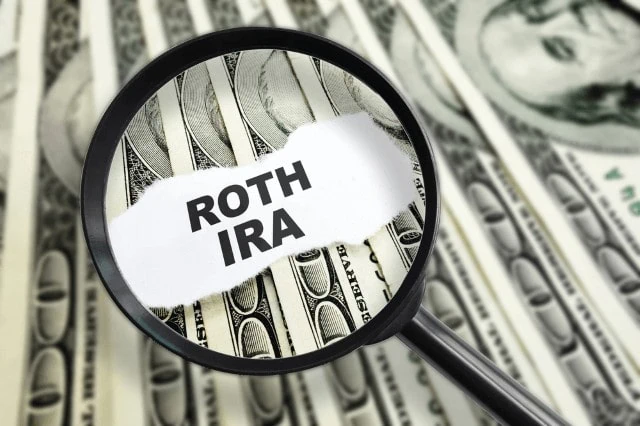
There are no tax breaks when you contribute to a Roth IRA. So, that money is fully taxed in the year you put it in the account.
As with traditional IRAs, there are limits to how much you can stuff in a Roth IRA each year. The same annual contribution limits that apply to traditional IRAs apply to Roth IRAs, too (e.g., $7,000 for people under age 50, and $8,000 for people 50 and older, for the 2025 tax year). However, these limits are gradually phased out if your income is above a certain amount.
Funds in a Roth IRA grow tax-free. So, there’s generally no tax on your earnings (assuming you don’t withdraw earnings from the account before you’re 59½ years old).
Plus, since you already paid tax on your contributions, there’s no additional tax on them. So, when you pull contributions out of a Roth IRA, there’s typically no tax to pay at that time.
Now, here’s the good news for working seniors … and everyone else: RMDs aren’t required for Roth IRAs. This makes perfect sense, too. Remember why RMDs are required in the first place: to make you pay tax on retirement savings. If you already paid tax when you put money in the account, the IRS isn’t going to tax those funds again when you take it out. So, there’s no reason to make you take money out of a Roth IRA.
Young and the Invested Tip: RMDs are not required from Roth SEP IRAs and SIMPLE IRAs, either.
Related: 10 Best Investments for Roth IRA Accounts
Traditional 401(k) Plans
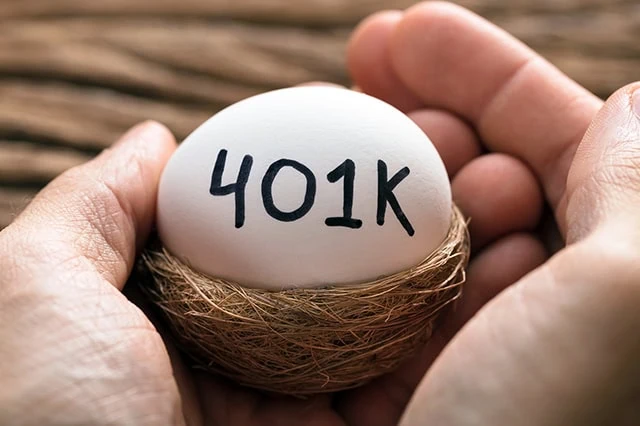
From a tax standpoint, traditional 401(k) plans are similar to traditional IRAs. Contributions aren’t taxed, funds in a 401(k) account grow on a tax-deferred basis, and withdrawals are subject to federal income tax.
However, there are some important differences. For instance, the annual contribution limits are higher and more varied. For 2025, the 401(k) contribution limits (including catch-up contributions) are:
- $23,500 for people under 50 years old
- $31,000 for people age 50 to 59, and for people age 64 and older
- $34,750 for people age 60 to 63
You also don’t get a tax deduction when you put money in a traditional 401(k) account. Instead, contributions are not included in the taxable income reported on your W-2 form.
The rules on RMDs for working seniors are different, too. You might not have to take RMDs from a traditional 401(k) plan if you’re still working for the employer sponsoring the plan. Instead, if the plan’s rules allow the exception (it isn’t mandatory), you can wait until you retire before taking RMDs from your current employer’s 401(k) plan.
However, this “still working” exception doesn’t apply if you own more than 5% of the company you’re working for. If your employer is a corporation, that means owning either:
- more than 5% of the corporation’s outstanding stock
- stock possessing more than 5% of the total combined voting power of all the corporation’s stock
If your employer isn’t a corporation, it means owning more than a 5% interest in the business’s capital or profits.
Plus, any stock or ownership interest in the business that’s owned by your spouse, children, grandchildren, or parents is included when determining if you own more than 5% of your employer.
The exception also doesn’t apply to any other 401(k) accounts you have (e.g., from a previous employer). So, you still have to take RMDs from those accounts.
Young and the Invested Tip: The “still working” exception also applies to 403(b), 457(b), and other employer-sponsored retirement plans that are similar to 401(k) plans.
Do you want to get serious about saving and planning for retirement? Sign up for Retire With Riley, Young and the Invested’s free retirement planning newsletter.
Roth 401(k) Plans
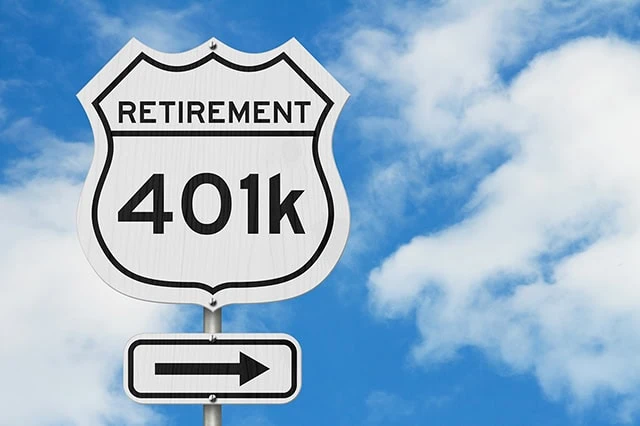
Many employers offer Roth 401(k) plans to their workers. As with Roth IRAs, contributions to a Roth 401(k) are fully taxable (and reported as income on your W-2), money in a Roth 401(k) grows on a tax-free basis, and there’s generally no income tax on withdrawals.
The same contribution limits for traditional 401(k) plans apply to Roth 401(k) plans. Again, for 2025, those limits (including catch-up contributions) are:
- $23,500 for people under 50 years old
- $31,000 for people age 50 to 59, and for people age 64 and older
- $34,750 for people age 60 to 63
However, the “still working” exception doesn’t apply to Roth 401(k) accounts—because it isn’t needed. You pay tax on Roth 401(k) funds when you put money in the account, so there’s no reason to force withdrawals later. Thus, RMDs aren’t required from Roth 401(k) accounts.
Related: 10 Worst 401(k) Money Mistakes to Avoid
Recap: When RMDs Are Required for Working Seniors

So, as it turns out, some seniors who continue working after they turn 73 won’t have to take RMDs right away. Here’s a quick reference table that breaks down when RMDs are required—and when they aren’t.
| Type of Retirement Account | Are RMDs Required for People 73 or Older Who Are Still Working? |
|---|---|
| Traditional IRA | Yes |
| Roth IRA | No |
| Traditional 401(k) | No, unless employee owns more than 5% of company or plan doesn’t allow exception |
| Roth 401(k) | No |
If you’re approaching your 73rd birthday and want to avoid RMDs for as long as possible (whether or not you expect to continue working), consider moving money from any traditional IRAs to a Roth IRA with a “Roth conversion.”
There are some downsides to a Roth conversion. For instance, you’ll owe tax for the year you transfer funds, and you’ll have to wait five years to pull those funds back out of the account without paying a penalty.
However, after the conversion, all growth and withdrawals will be tax-free going forward—and you can leave money in the Roth account for as long as you want.
Just something to think about.
Want to talk more about your financial goals or concerns? Our services include comprehensive financial planning, investment management, estate planning, taxes, and more! Schedule a call with Riley to discuss what you need, and what we can do for you.
Copyright © 2025 by Rocky Mengle. All rights reserved. Used with permission.






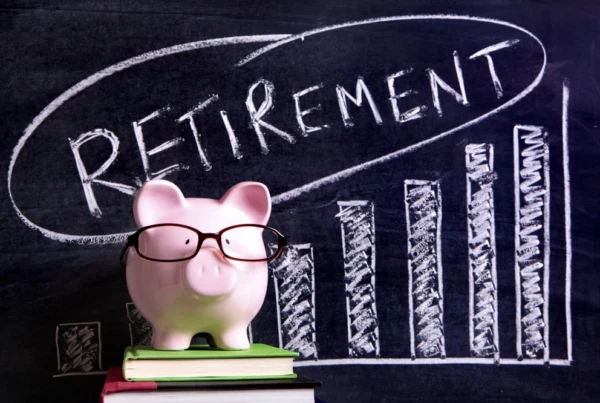
![SEP IRA Contribution Limits [2025 + 2026] 17 SEP IRA contribution limits](https://youngandtheinvested.com/wp-content/uploads/SEP-IRA-contribution-limits-600x403.webp)
